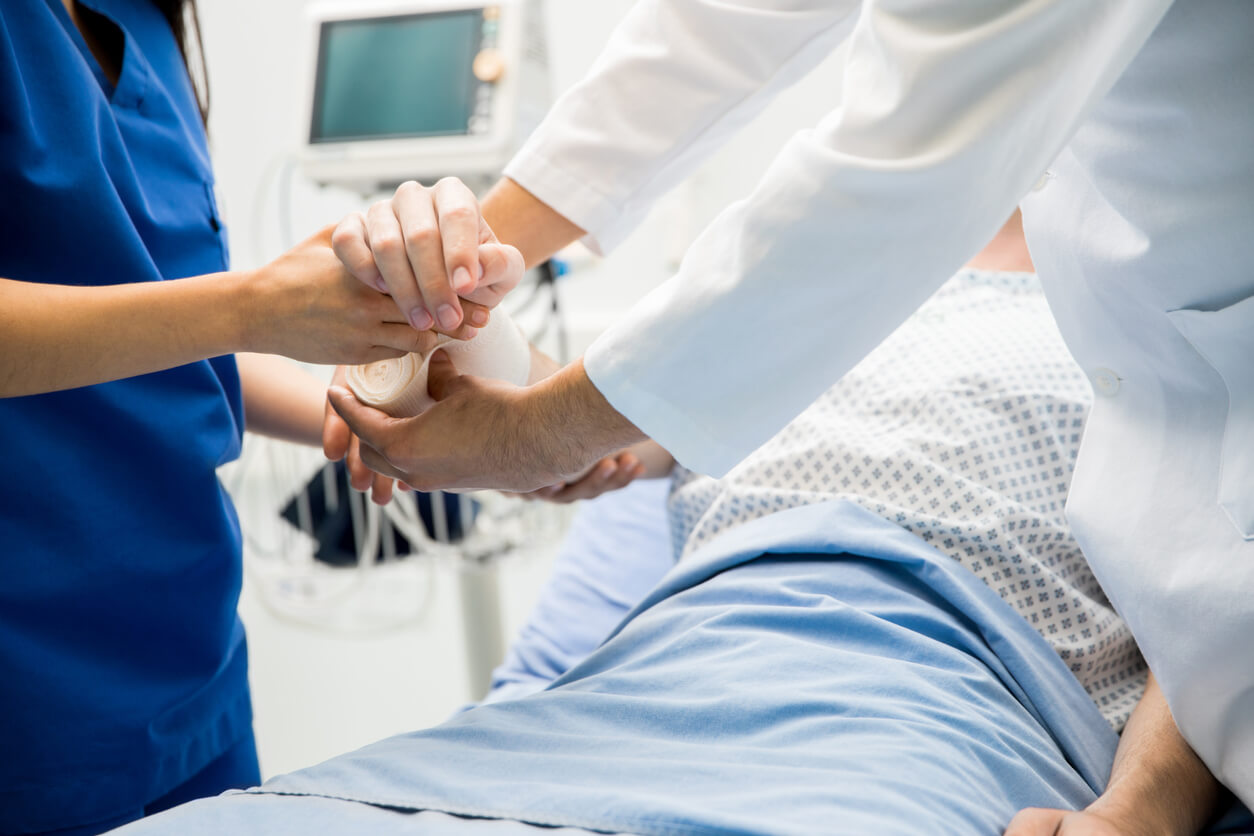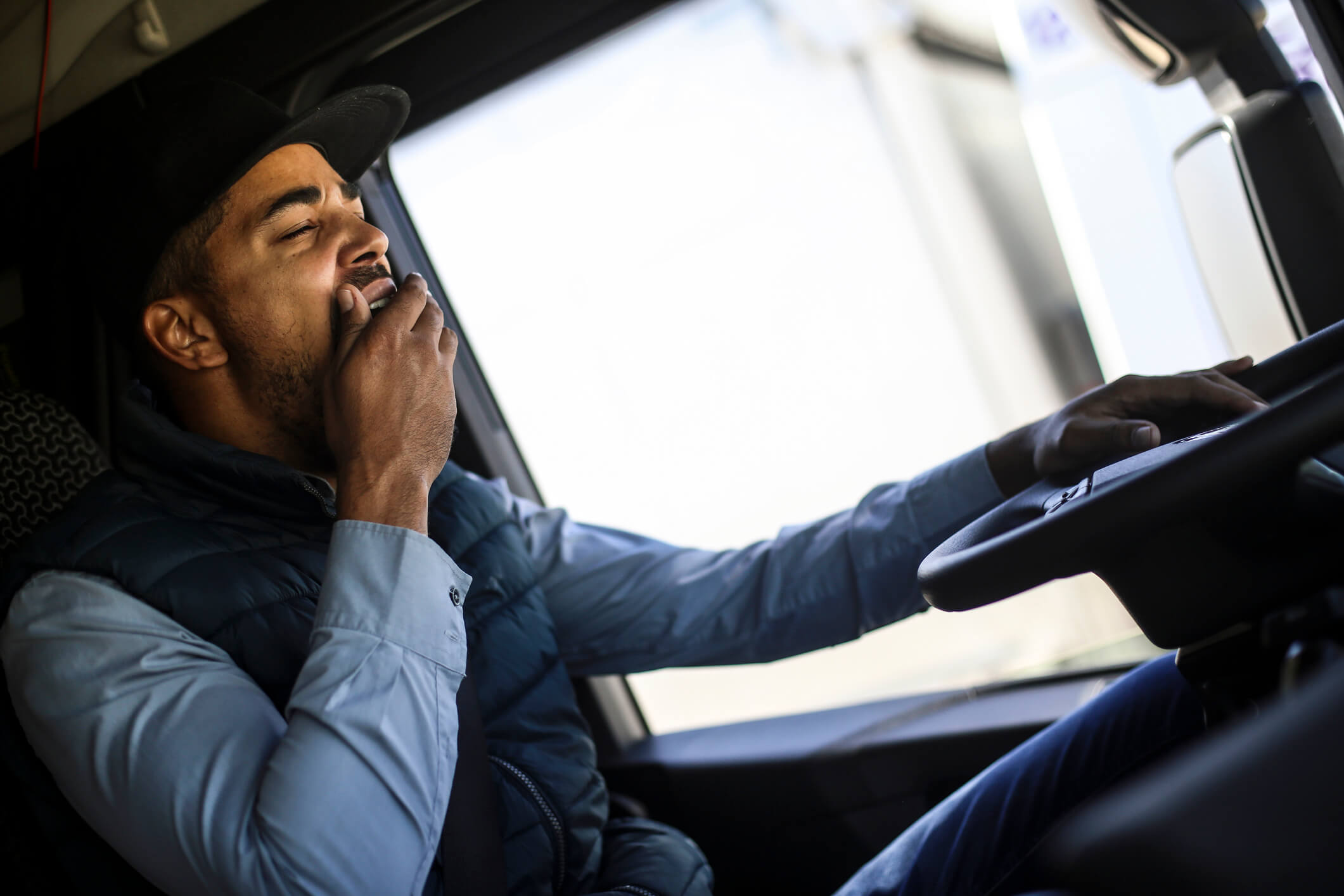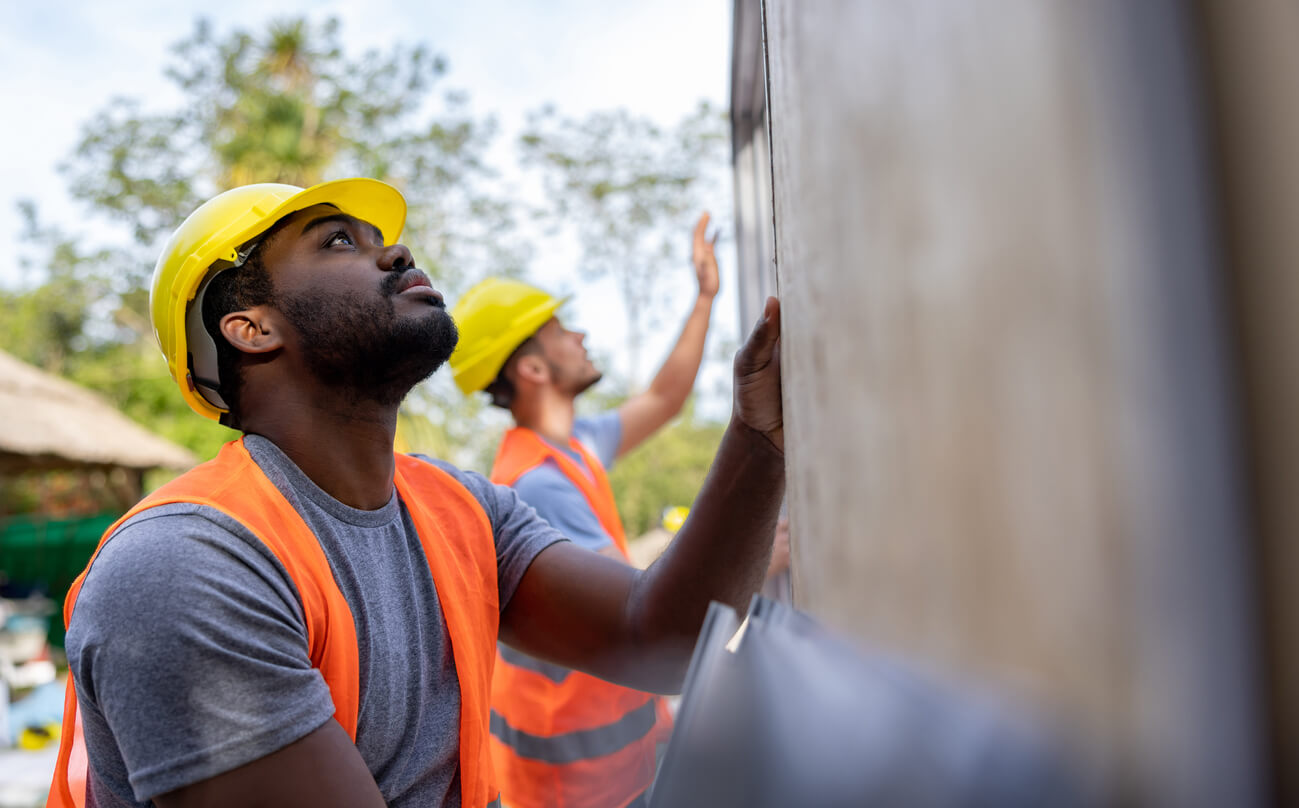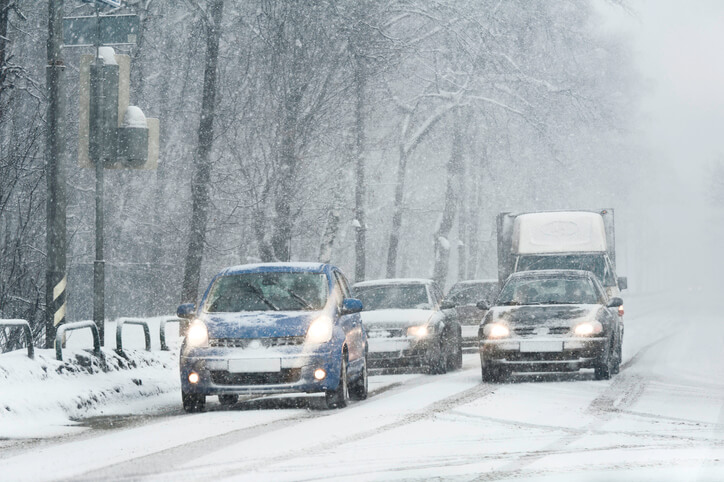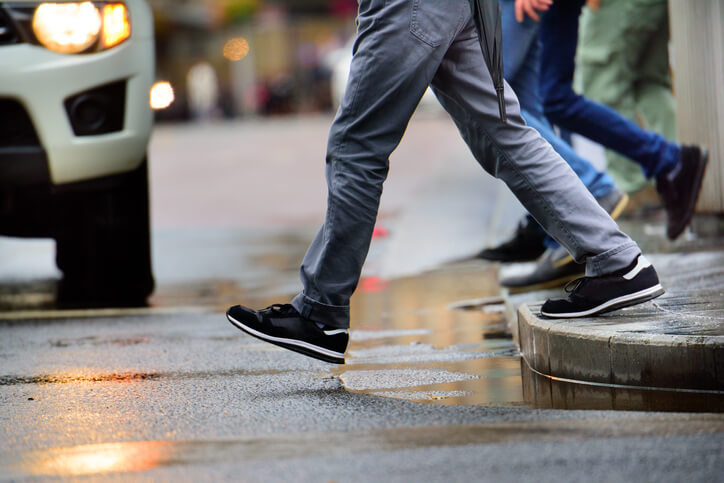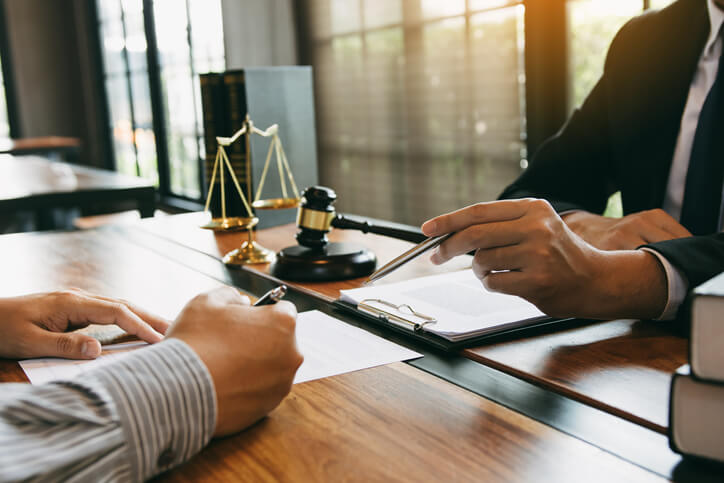Severe burns can play a big role in a number of different types of personal injury claims. For starters, those involved in vehicle accidents, whether it be a car, truck, or something else, can sustain severe burns for a number of reasons. Others may sustain a severe burn due to a dangerous property condition that led to a house fire or a defective product such as a space heater. Regardless of the specific cause, a severe burn can have devastating and lasting implications for a person’s health and well-being. The full extent of the impacts that can come with such an injury should be accounted for in any personal injury damage award pursued to help ensure the victim is properly compensated.
Symptoms and Effects of Severe Burn Injuries
The immediate symptoms of a severe burn can be really painful and uncomfortable in and of themselves. Such symptoms include:
- Blistering
- Pain
- Swelling
- Pale and clammy skin
- Weakness
- Peeling skin
- Decreased alertness
While many who suffer even severe burns make a successful recovery with minimal long-term impacts beyond scarring, many of these kinds of injuries have effects spanning a person’s entire lifetime. In fact, the health risks associated with a severe burn have led some medical experts to advocate for this type of injury to be classified as a chronic disease. The fact that severe burns have been linked to increased risks for so many other serious health conditions means that classifying it as a chronic disease would help healthcare providers monitor a patient’s condition to more effectively and efficiently identify when these other health concerns arose.
Severe burns have been shown to increase the risk of:
- Cancer
- Cardiovascular disease
- Circulatory system disease
- Diabetes
- Gastrointestinal disease
- Musculoskeletal disorders
- Anxiety and depression
- PTSD
- Hypermetabolism
- Nervous system conditions
- Infectious disease
- Chronic and persistent pain
In addition to having an increased risk for all of these serious health conditions, burn victims also face the potential to have persistent and long-term health problems associated with the burn injury itself. For instance, those who have suffered severe burns often have continuous problems with the burn site after it has healed. Hypertrophic scarring, for instance, is a really common complication to experience with a burn injury. This refers to the raised skin that forms around the original burn during the healing process. This scarring can have a serious impact on the burn victim’s ability to function, however. It can also have seriously detrimental impacts on their body image, leading to depression.
Contractures are also complications that arise as a result of a burn that has healed, but the scar continues to develop. As the scar continues to mature, it thickens and tightens which leads to a constriction of movement. This is particularly a problem when the scarring is happening over a joint. When these types of scars develop on the joints of the lower extremities, it can be difficult for the person to take a seat and walk around. When these types of scars develop on the upper extremities, activities of daily living can become very difficult if not impossible. Those tasks requiring fine motor skills can be particularly difficult depending on where the scarring has occurred.
Central New York Personal Injury Attorneys
If you have suffered a severe burn injury as a result of someone else’s negligence, make sure the full extent of your injury’s impacts is taken into account. At CDH Law, we fight to help ensure our clients are fully compensated for the harm they have suffered. Contact us today.


